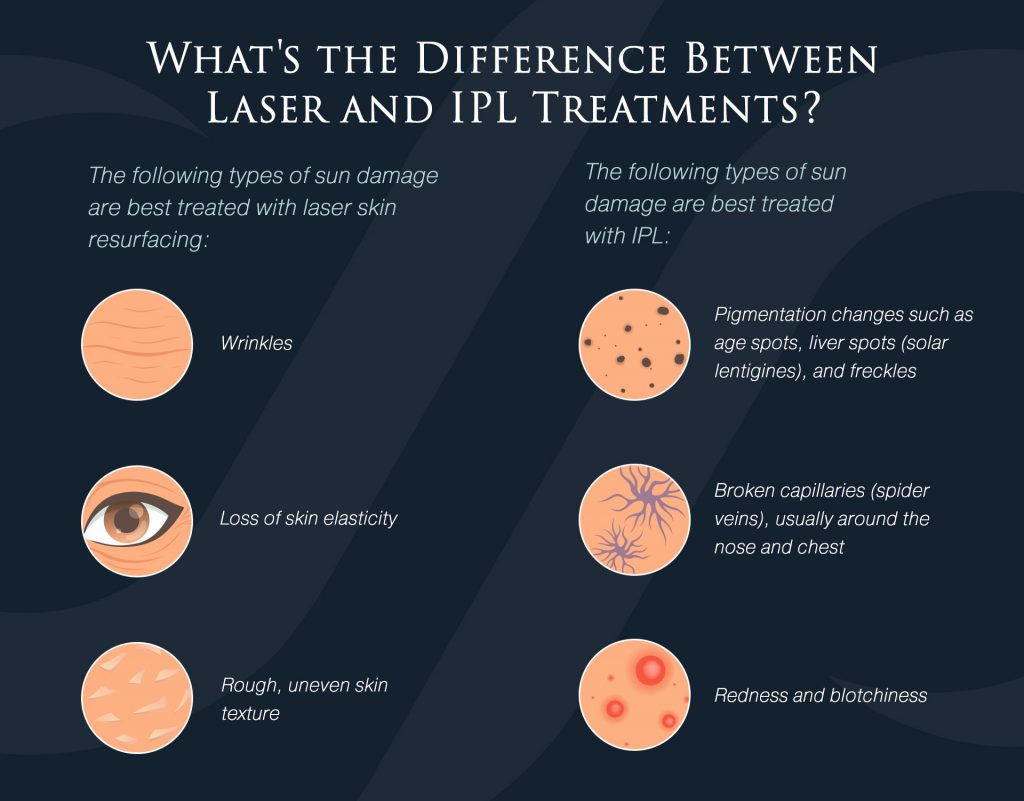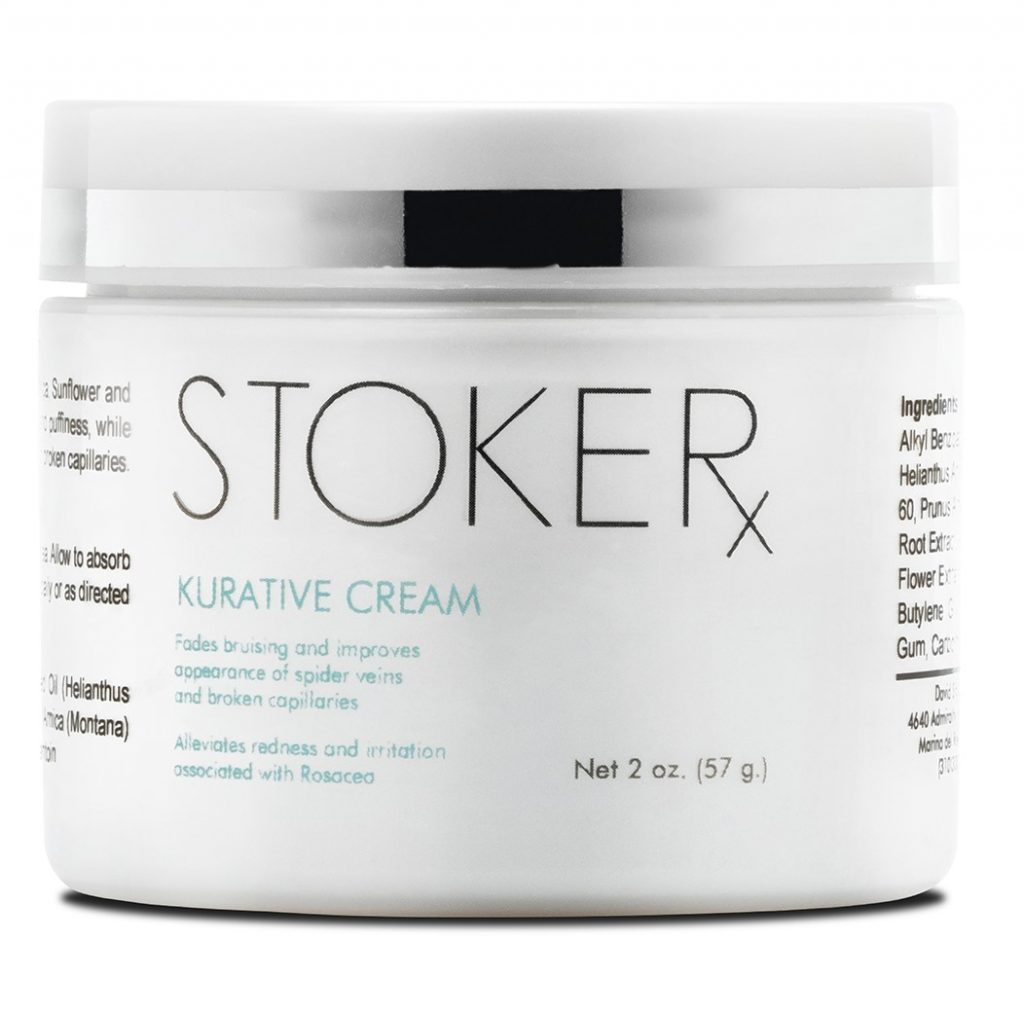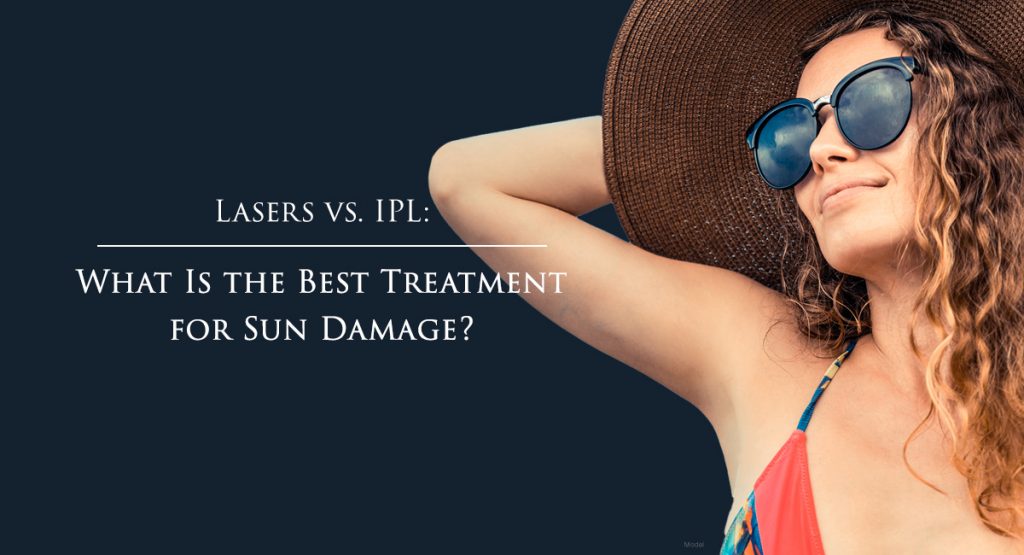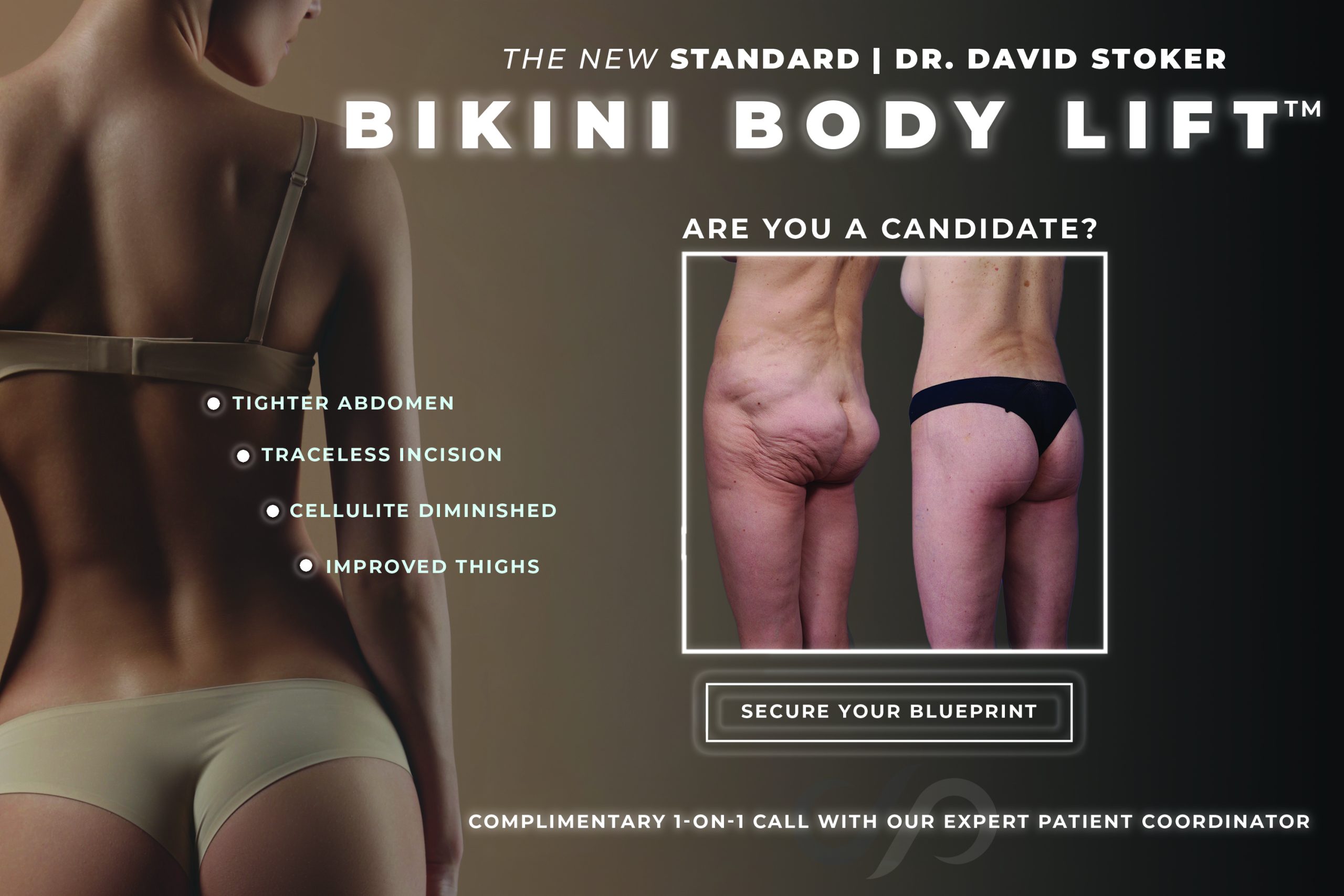Have you seen those photos taken with special UV cameras that reveal sun damage to the skin that’s not visible to the naked eye? Those pictures can have a sobering effect on people who love soaking up the Southern California sun. Of course, at some point the invisible toll the sun takes on your skin becomes clear, and you may decide a laser skin treatment at our Los Angeles practice is necessary.
But are laser skin treatments the best approach? Or is intense pulsed light (IPL) technology—often erroneously considered a laser treatment—a better way to reverse sun damage?
Excellent questions without clear-cut answers. That’s because the damage to the skin caused by sun exposure comes in a variety of flavors, ranging from freckles and age spots to wrinkles. The best treatment for one condition isn’t necessarily the way to treat all sun damage. Knowing how the sun damages the skin, how to prevent that damage, and what to do about it once it occurs are the keys to knowing which treatment or combination of treatments is right for you.
What’s the Difference Between UVA and UVB Rays?
Every time you go outdoors without sun protection—whether that means sunscreen or wearing a long-sleeved shirt and a wide-brimmed hat—ultraviolet (UV) light damages your skin. Over time, this damage gradually builds, and you’ll notice changes to your skin, which can make you look years older than you naturally would.
Plastic surgeons and dermatologists refer to these changes as photoaging. It’s also called premature aging or, simply, sun-damaged skin. The sun’s ultraviolet rays are the culprit, but not all UV rays are the same. When you buy sunscreen, the phrase “broad spectrum” refers to UVA rays, while the Sun Protection Factor (SPF) is connected to UVB rays.
UVA rays:
- Are much more prevalent than UVB rays, but they are less intense
- Damage the skin’s collagen, leading to wrinkles, age spots, and loss of elasticity
- Are the primary light source used in tanning beds
UVB rays:
- Make up only about 5% of the rays that reach the skin
- Are the primary cause of sunburns
- Accelerate the skin’s aging
The bottom line is that you should protect your skin from extensive exposure to both types of UV rays by applying broad-spectrum sunscreen every day (even on cloudy days) and making sure to avoid prolonged sun exposure whenever possible.
What’s the Difference Between Laser and IPL Treatments?
Even though we use laser and IPL procedures to treat sun-damaged skin, the technologies are not the same. Both lasers and IPL target the skin with light energy. A laser, however, hits its target with a single precise wavelength of light without damaging surrounding tissue. IPL’s broad range of wavelengths scatters light without focusing on a specific target.
Laser skin resurfacing using a fractional carbon dioxide (CO2) laser is more aggressive than an IPL treatment, often called a photofacial. Fractional lasers deliver micro-ablative channels of injury to the skin’s tissue, preserving the untreated skin between the selected treatment spots. The CO2 laser has the added benefit of stimulating collagen production while generating new cell turnover.

The following types of sun damage are best treated with laser skin resurfacing:
- Wrinkles
- Loss of skin elasticity
- Rough, uneven skin texture
Laser skin resurfacing is best for patients who want to minimize wrinkling, improve the skin’s tone and texture, and treat discoloration.
The following types of sun damage are best treated with IPL:
- Pigmentation changes such as age spots, liver spots (solar lentigines), and freckles
- Broken capillaries (spider veins), usually around the nose and chest
- Redness and blotchiness
Intense pulsed light treatments typically cost less than laser skin procedures and involve less downtime.
Whether you undergo laser skin resurfacing or a photofacial, multiple treatment sessions are usually necessary to get the desired results.
Tips for Recovery and Maintaining Your Results
The extent of the recovery following treatment depends on whether you had laser skin resurfacing or IPL. In either case, the use of professional skin care products can help you heal faster and maintain your results for longer.

Stoker Cosmetics features premium skincare products, including packages curated specifically for recovery and maintenance after laser skin treatments.

Products you might consider include:
Kurative Cream: Helps fade and clear bruising and improves the appearance of discolored skin.
Tretinol Serum 10X: Stimulates collagen and elastin production, improves cell turnover, and counteracts the photoaging effects of UV damage.
Protectant SPF 44: This is a water-resistant sunscreen that includes a moisturizing base. It’s suitable for normal to dry skin and most skin tones.
Get Started
Do you want to reverse years of sun damage and have skin that looks youthful and healthy? Start by calling our Marina del Rey practice at (310) 300-1779 to schedule an appointment or contact us using the online form to request a consultation.


Leave a Reply